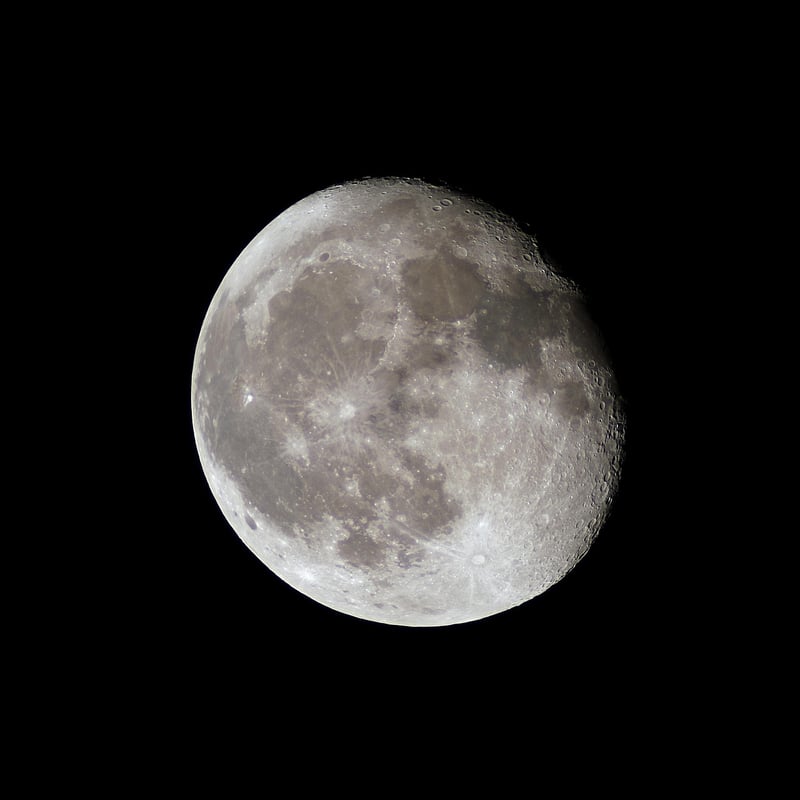Lunar Missions
The Exciting Developments in Space Science and Lunar Missions
Space exploration has always captivated humanity's imagination, and with recent advancements in technology, our understanding of the universe is expanding at an unprecedented pace. In particular, lunar missions have garnered significant attention due to their potential to unravel the mysteries of the Moon and pave the way for future space exploration endeavors.
Exploring the Moon: Past, Present, and Future
Humans have been fascinated by the Moon for centuries, and the first successful manned mission to the lunar surface was achieved by NASA's Apollo 11 in 1969. Since then, several countries and space agencies have launched lunar missions to study the Moon's geology, atmosphere, and potential for supporting human life.
Key Achievements in Lunar Missions:
- Chang'e-4 Mission: China's Chang'e-4 mission made history by successfully landing on the far side of the Moon, a feat never accomplished before.
- Artemis Program: NASA's Artemis program aims to land "the first woman and the next man" on the Moon by 2024, with plans for sustainable lunar exploration.
- ISRO's Chandrayaan Missions: The Indian Space Research Organization (ISRO) has launched Chandrayaan-1 and Chandrayaan-2 missions to explore the Moon's surface and study its mineral composition.
The Future of Lunar Exploration
As we look to the future, several exciting developments are on the horizon that promise to revolutionize our understanding of the Moon and its significance for space exploration:
- Artemis Base Camp: NASA plans to establish a sustainable human presence on the Moon through the Artemis Base Camp, serving as a gateway for future missions to Mars and beyond.
- Lunar Gateway: The Lunar Gateway project aims to create a space station in lunar orbit to support scientific research and facilitate crewed missions to the Moon.
- Commercial Lunar Missions: Private companies such as SpaceX and Blue Origin are also investing in lunar missions, with plans to offer commercial services for transporting cargo and crew to the Moon.
Conclusion
With ongoing advancements in space science and technology, the future of lunar missions looks brighter than ever. By leveraging the collective expertise of international space agencies and private enterprises, we are poised to unlock the Moon's secrets and take humanity one step closer to becoming a multi-planetary species.
Image Source: Pixabay

